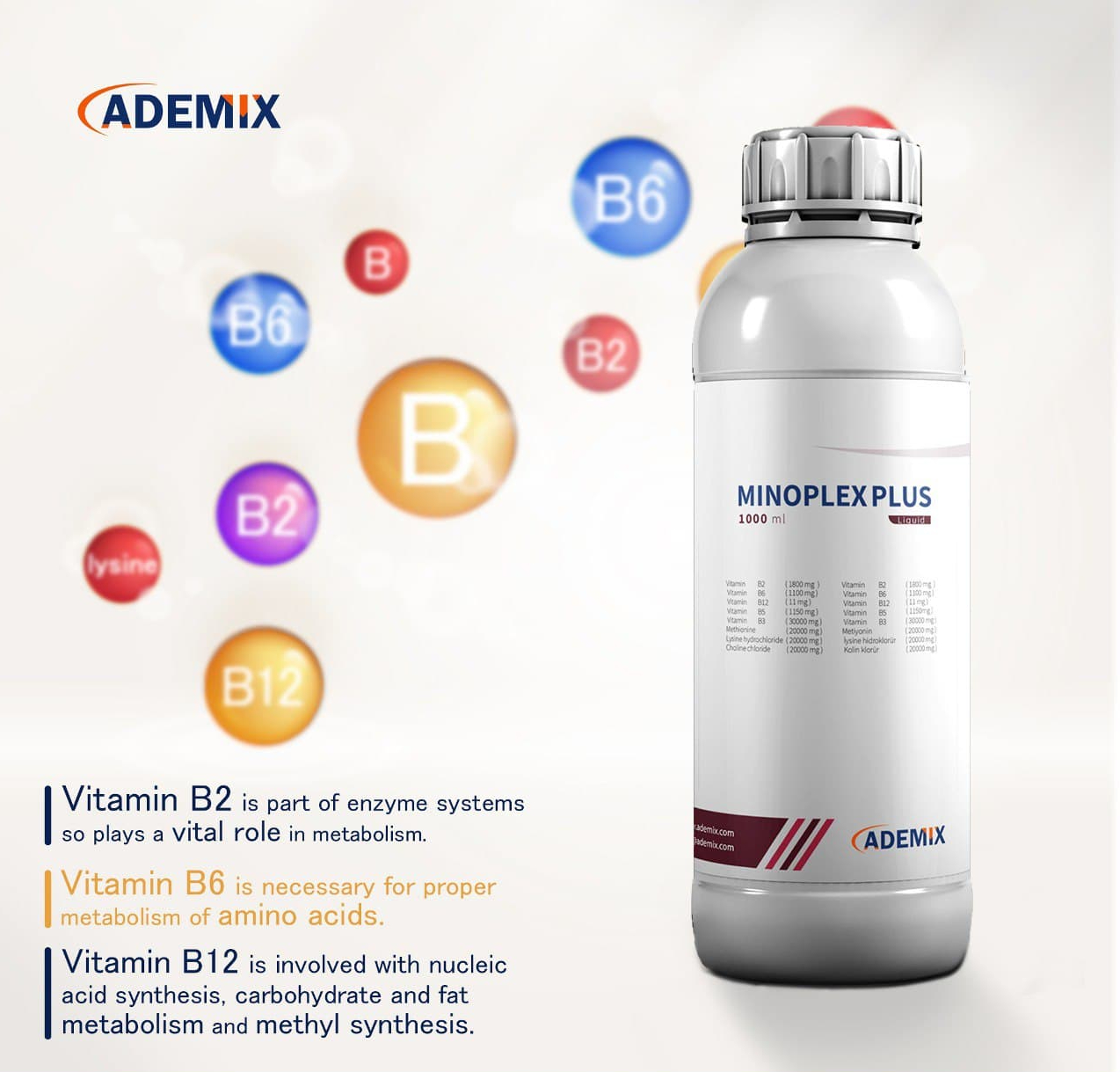Nutritional terms & Zoo technical
performance parameters
6-Feed additivies terms.
7-Defination of zoo technical performance.
8- Prameters of zoo technical performance.
9-Types of AGPSA.(antibiotics growth promoters alternatives).
10-Synergestic effect between all types of alternatives.Nutritional items
Nutritional items
1-Defination
2-Deference between food&feed.
3-What is the types of feed.
4-What is the feed formulation.
5-Deference between diet &ration.
Defination of Nutrional items
Feed
is any processed or partially processed, or unprocessed feedstuffs, including any feed additives, used for the oral feeding of animals
What is the feed nutrional items?
- Carbohydrates
- Protein
- Vitamins & Minerals
- Feed Additives
- Salt Source of Ca&ph
- Source of Eneregy
- Source of Buffer
- Source of Fiber
Definition of some terms used in animal nutrition science
• Maintanence requirement: The amount of feed needed to support an animal when it is doing no work, yielding no product, and gaining no weight.
• Yield requirement: The amount of feed needed to support an animal yield (work, weight gain, milk, egg production) plus maintanence Roughage: Feeds contain more than 18% crude fiber and less than 60% total digestible nutrients (TDN).
• Concentrates: Feeds generally contain less than 18% crude fiber and more than 60% TDN.
• Concentrate mixture: Feeds contain more than one type of feed.
• Ration:The amount of consumed by an animal in a 24-hour period to meet maintenance and yield requirement.
Deference between food&feed.
- Feed refers to nutrition given to primarily herbivorous animals.
- Food is nutrition given to humans and their household members. It takes less resources to produce food directly rather than feed to humans than what is given to an animal that is to be used as a food source.
What is the feed formulation.
- Feed formulation is the process of creating a balanced diet for animals.
- The goal is to provide an economical, palatable, and nutritionally adequate feed to promote optimal growth, health, and productivity
- There are several methods of feed formulation such as the Pearson Square method, trial and error method, and the computer method
- Nutritional additives used in feed formulation can be categorized as amino acids, vitamins, and proteins. Feed formulation is an important aspect of animal nutrition that affects growth, productivity and animal health. Want to learn more about it? In this article, you’ll find everything you need to know about the role of feed formulation in animal nutrition and which feed additives are the best choices. Be sure to read on!
- Feed formulation is an important aspect of animal nutrition that affects growth, productivity and animal health. Want to learn more about it? In this article, you’ll find everything you need to know about the role of feed formulation in animal nutrition and which feed additives are the best choices. Be sure to read on!
- What is feed formulation?
Feed formulation is the method of producing a balanced diet for animals by selecting and mixing various feed components in appropriate amounts to meet the specific nutritional needs of the animal. Age, weight, production goals, and other physiological requirements of the animal are taken into consideration. The main objective of feed production is to provide an economical, palatable and nutritionally adequate diet to promote optimal growth, health and productivity of the animal.The goal of feed formulation is to provide an economical, palatable, and nutritionally adequate diet. This means that the feed should be affordable, taste good to the animal, and contain all the necessary nutrients in the right amounts. When these goals are met, the animal is more likely to consistently consume the diet, which is important for optimal growth, health and productivity Once the feed is introduced, it should be continuously monitored and adjusted to ensure that it continues to meet the specific nutritional needs of the animal. This may include changing the feed as the animal’s age, weight or production goals change.
- Steps of feed formulation
The process of feed formulation can be divided into several steps:
Determining the animal’s nutritional needs
– this is where you need to start, taking into account factors such as the animal’s age, weight, production goals and other physiological needs.
Selecting feed ingredients
– the ingredients selected should provide the necessary nutrients in the right proportions to meet the nutritional needs of the animal.
Determining the nutrient content of feed ingredients
– ingredients must be analyzed for their protein, energy, fiber, vitamin and mineral content.
Calculating the nutrient composition of the feed
– this involves using mathematical formulas to ensure that the feed contains the required nutrients in the correct amounts.
Test of the feed
– it has to be made sure the feed meets the animals’ nutrient needs and tastes good. This may include monitoring the animals’ growth, health and performance.
Deference between diet &ration.
- Diet—a mixture of feedstuffs used to supply nutrients to an animal,mainly used for poultry&pets.
- Ration—a daily supply of feed, used mainly for ruminants
- Macro minerals—essential minerals that are required in relatively large amounts (i.e., calcium, phosphorus, magnesium, sodium, potassium).
- Micro minerals
- essential minerals that are required in relatively small amounts(zn,fe,cu,…..etc).
Feed additivies terms.
- Feed additives are products used in animal nutrition to achieve an effect on the feed itself, on the animals, on food products obtained from the animals consuming the feed additive , or on the environment. For instance, feed additives are used to enhance flavour of feed, to meet the need for certain nutrients or to increase the performance of animals in good health. They are used in feed for food-producing animals and in pet food.
- Technological additives – e.g. preservatives, antioxidants, emulsifiers, acidifiers, toxin binders.
- Sensory additives – e.g. flavors, colorants.
- Nutritional additives – e.g. vitamins, amino acids, trace elements.
- Zootechnical additives – e.g. digestibility enhancers as probiotics,prebiotics, synpiotics,growth promoters,enzymes,phytogenics.
- Feed additives include:





